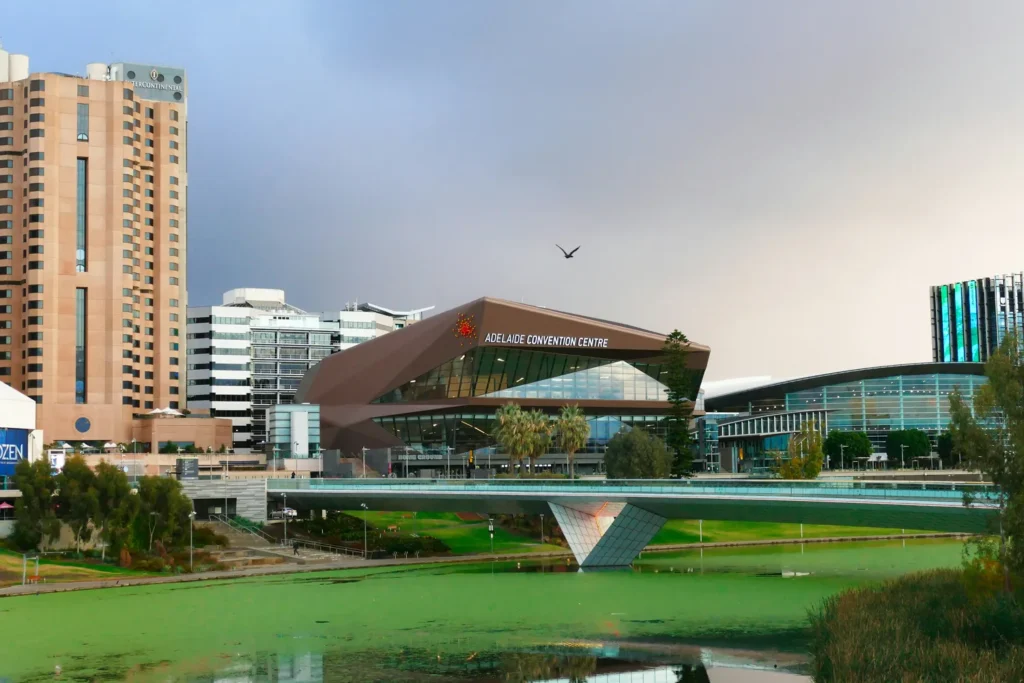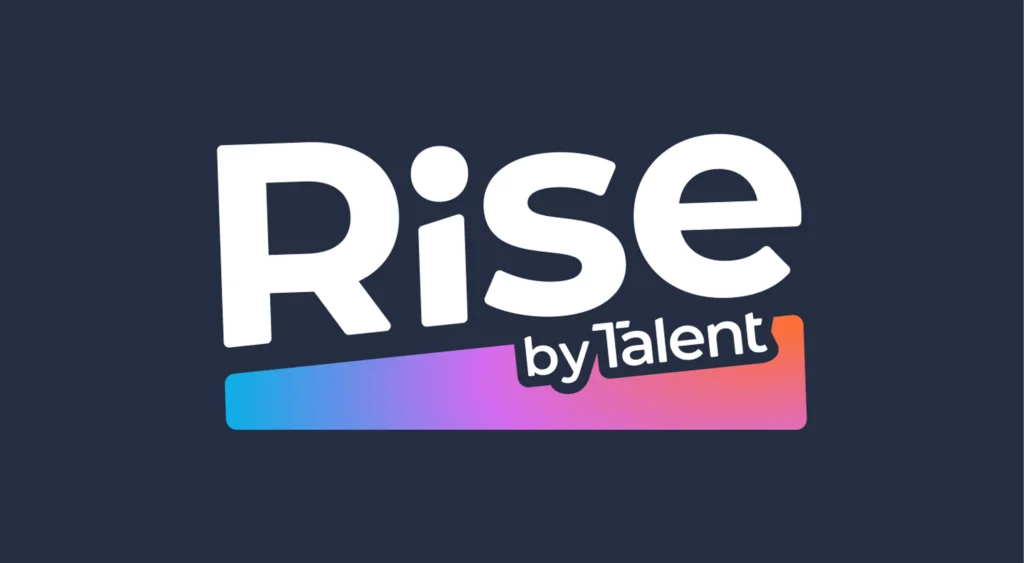
Fibre, fines & 5G: Australia’s Telco sector update
Fibre, fines & 5G: Australia’s Telco sector update

The Australian telecommunications sector never sits still and August brought no shortage of moves that will shape how the industry looks heading into 2026.
From multi-billion-dollar acquisitions to subscriber shocks, record penalties, and accelerating tech adoption, telcos are navigating a high-stakes balancing act between growth, compliance, and talent.
Network moves and market shifts
Vocus’ $5.25 billion acquisition of TPG Telecom’s enterprise and fixed-line assets marks one of the biggest infrastructure reshuffles in years. With access to around 20,000 buildings nationwide, Vocus now sits as one of Australia’s largest underground fibre owners.
Steve Dybacz, Account Director from our Talent office in Sydney, notes:
“This deal cements Vocus as a serious infrastructure heavyweight. The integration piece is going to be complex but it also opens significant opportunity for skilled contractors in areas like integration, network planning and optimisation.”
Meanwhile, Telstra is facing turbulence on two fronts, announcing a 2% workforce reduction (around 550 jobs) in its enterprise division as part of a broader business reset, and leadership was quick to clarify the cuts were not AI-driven.
At the same time, Telstra reported its first-ever decline in postpaid mobile customers, shedding 132,000 subscribers. Yet, average revenue per user is up 2.5% and earnings climbed 4.6%, buoyed by a $1 billion share buyback.
“The subscriber decline has raised eyebrows, but the revenue numbers tell a different story. The real question is whether this is a blip or a sign of changing customer behaviour,” says Steve.
Regulatory and consumer pressures
If the market news wasn’t enough, the regulatory spotlight is burning brighter. Optus has agreed to a $100 million penalty for unethical sales practices targeting vulnerable customers – the largest penalty of its kind in Australian telco history. And the government is simultaneously toughening industry codes, with fines of up to $10 million for breaches.
“The regulatory mood has shifted. Compliance and governance are now boardroom-level priorities, not just risk team conversations,” says Steve.
Consumer and tech trends
Beyond the boardroom, consumers are voting with their wallets and 5G home internet is gaining traction, providing a faster alternative in areas where the nbn® remains patchy. Plans ranging from $40 to $99 per month are seeing strong uptake, and momentum is expected to continue.
But while consumer adoption accelerates, telcos’ ambitions around AI and automation are hitting roadblocks. Leadership alignment and skills shortages are slowing down projects in areas like network disaggregation and AI-driven network optimisation.
“There’s no shortage of ambition, but the talent gaps are real. Without the right people in integration, RAN delivery, and automation, these transformations stall quickly,” notes Steve.
Why this all matters
For industry leaders, these moves are more than just headlines:
- Infrastructure consolidation creates demand for highly specialised talent to ensure integration success.
- Regulatory heat is reshaping sales conduct, governance frameworks, and corporate strategy.
- Shifting consumer patterns, from postpaid churn to 5G broadband growth, are forcing telcos to rethink their market priorities.
Australia’s telco sector is evolving at speed with plenty of opportunity and risk in play. As Steve puts it:
“The sector’s competitive tension is intensifying. Whether it’s subscriber churn, fibre consolidation or regulatory reform, the winners will be the telcos who align strategy with the right people on the ground.”
If you’re navigating these shifts and need a recruitment partner to help with workforce planning, contractor deployment, or specialist hiring in telco, get in touch with our team today.










